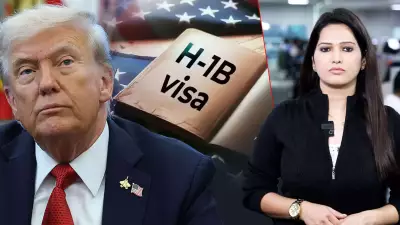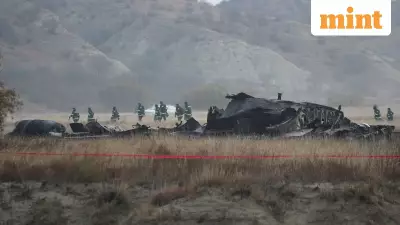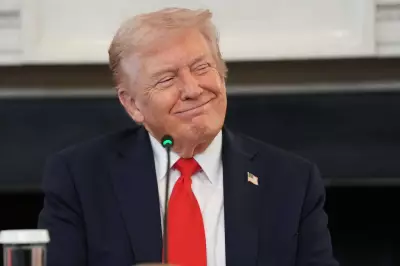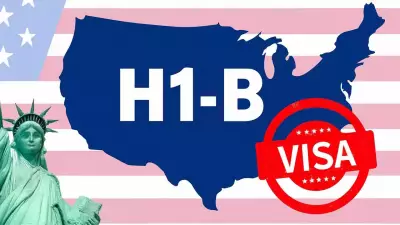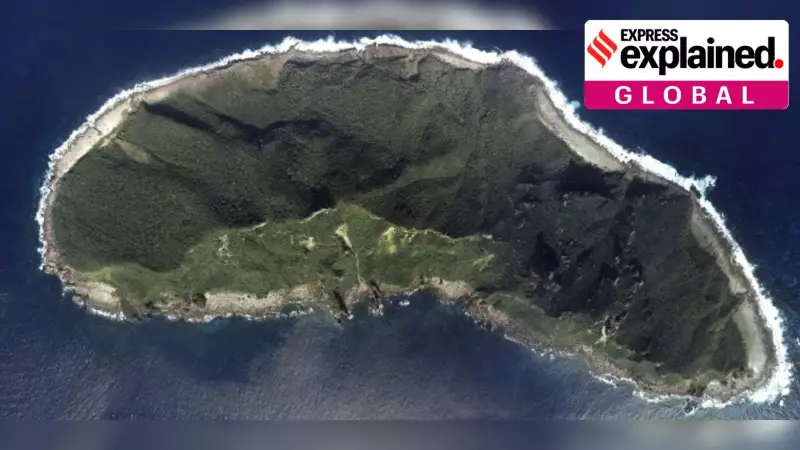
A formation of Chinese Coast Guard ships navigated the waters around the Senkaku Islands on Sunday, November 16, escalating a fresh diplomatic confrontation with Japan. This move comes just days after comments from Japan's new Prime Minister, Sanae Takaichi, regarding Taiwan sparked a sharp reaction from Beijing.
The Spark: A Diplomatic Row Over Taiwan
The current tensions ignited when Prime Minister Sanae Takaichi addressed the Japanese Parliament earlier this month. She stated that a hypothetical Chinese attack on Taiwan could be perceived as a threat to Japan and might trigger a military response from Tokyo. China, which views Taiwan as an inseparable part of its territory, reacted swiftly and strongly.
In a clear sign of displeasure, Chinese Vice Foreign Minister Sun Weidong summoned the Japanese Ambassador to China, Kenji Kanasugi, on Thursday. The meeting was conducted upon official instruction to convey Beijing's serious concerns over the Japanese leader's remarks. Adding to the diplomatic pressure, China's Ministry of Education issued an overseas study alert, urging Chinese students in Japan or those planning to study there to carefully assess potential safety risks.
The Enduring Dispute Over the Senkaku/Diaoyu Islands
At the heart of this latest incident lies a long-standing and contentious territorial dispute. The uninhabited islands are known as the Senkaku Islands in Japan and the Diaoyu Islands in China. Taiwan also claims them, referring to them as the Diaoyutai. Despite the claims from all three, the islands are currently administered by Japan.
Located in the East China Sea, the archipelago is relatively small. It comprises five islets and some rocks, with the largest, Uotsuri, covering a mere 1.4 square miles. Their significance, however, is immense. The area is believed to sit atop substantial hydrocarbon resources, although extraction has not yet begun. Beyond the potential economic gain, control of the islands is a potent symbol of national sovereignty.
The historical context further complicates the issue. Japan took control of the islands in 1895 following its victory in the first Sino-Japanese War. The Japanese government asserts that surveys before annexation showed the islands were uninhabited and showed no control by China's Qing Dynasty. China and Taiwan, however, counter this with historical maps and records they say prove the islands were part of Chinese territory for centuries, and were illegally occupied by Japan.
A History of Flare-Ups and Nationalist Sentiment
Control of the islands transferred to the United States after Japan's defeat in World War II, and they were returned to Japanese administration under the 1971 Okinawa Reversion Agreement, a move protested by both Beijing and Taipei. Interest in the area was renewed after a 1969 UN report suggested the potential for undersea oil and gas reserves.
The dispute simmers constantly and occasionally boils over. A major flashpoint occurred in 2012 when the Japanese government purchased three of the islands from private owners. This action triggered widespread anti-Japan protests across China, with demonstrators targeting Japanese products and besieging the Japanese embassy in Beijing.
The current leadership in both nations adds another layer. Both President Xi Jinping of China and Prime Minister Takaichi of Japan are seen as leaders who resonate with nationalistic sentiments, making territorial sovereignty a particularly sensitive issue. The passage of the Chinese Coast Guard ships through the contested waters is seen as Beijing's firm response, reinforcing its claim and demonstrating its resolve in the face of Tokyo's statements on Taiwan.

